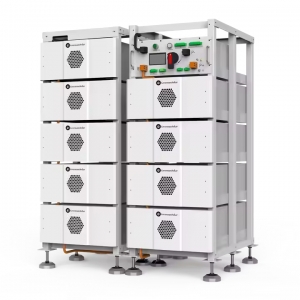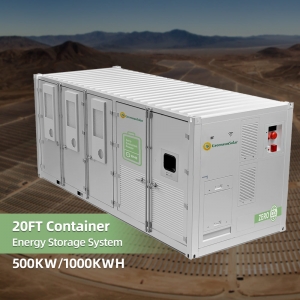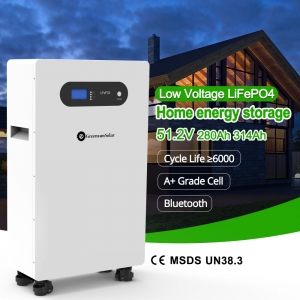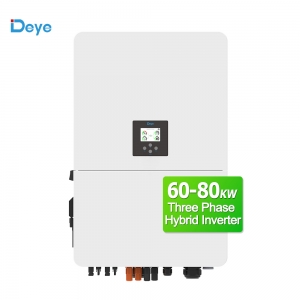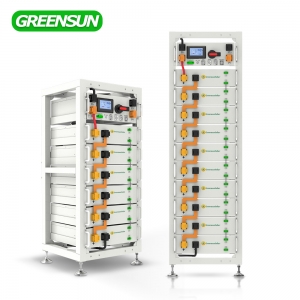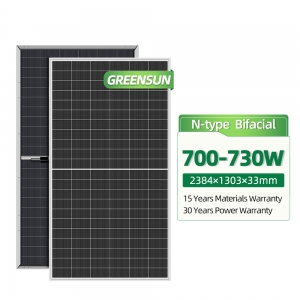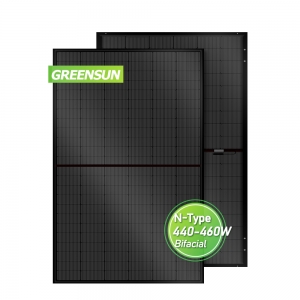Half-cell Solar Panel Technology, Process and Development Trend
Technology
A laser cutting method is used to cut the standard solar cell into two identical half cells along the direction perpendicular to the main grid line of the battery, and then weld them in series.
Since the voltage of the solar crystalline silicon cell has nothing to do with the area, and the power is proportional to the area, the half-cell solar panel has the same voltage, the power is halved, and the current is halved compared with the whole cell.
Craft
In order to ensure the consistency of the overall output voltage and current with conventional solar modules, half-cell solar panels generally adopt a series-parallel structure design, which is equivalent to two small modules connected in parallel.
Regarding packaging technology, half-cell battery modules are the same as conventional modules, and they are all packaged with tempered glass, EVA and backplane. The junction box will be different, generally a three-part junction box is used.
In terms of technology, the process of half-cell solar panel is simple to change. As the number of cells doubles, the time for battery series welding will also double. The difficulty is that the bus bar lead wire is drawn from the middle of the back of the module, and the bus bar welding will be automated to a certain extent. The above also promoted the rapid development of the half-cell solar panel assembly.
Development trend
With the increasing pressure of power plant investors to access the grid at a fair price, the demand for the cost of electricity per kilowatt-hour is getting higher. Compared with conventional modules, half-cell modules mainly increase costs in the manufacturing process, including battery slicing, auxiliary materials and labor costs, and equipment depreciation costs. However, the power of half-cell modules can be increased by 5W-10W or even higher than the modules of the same version. As module prices continue to fall, the overall system cost of half-cut cell modules is reduced.
 8618715108506
8618715108506 manager@greensunpv.com
manager@greensunpv.com solar Greensun
solar Greensun





